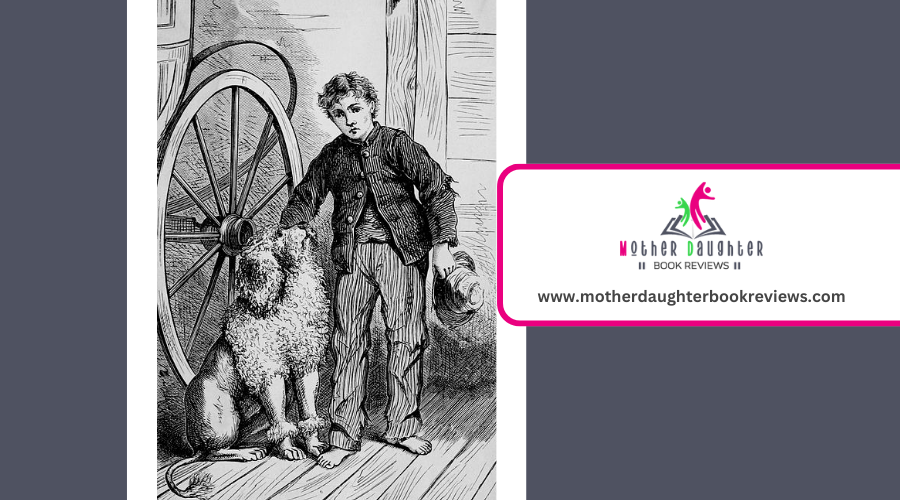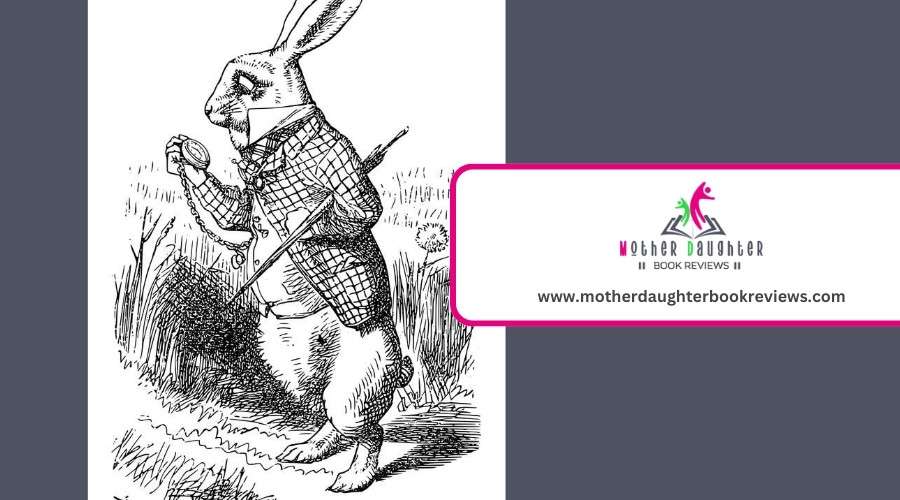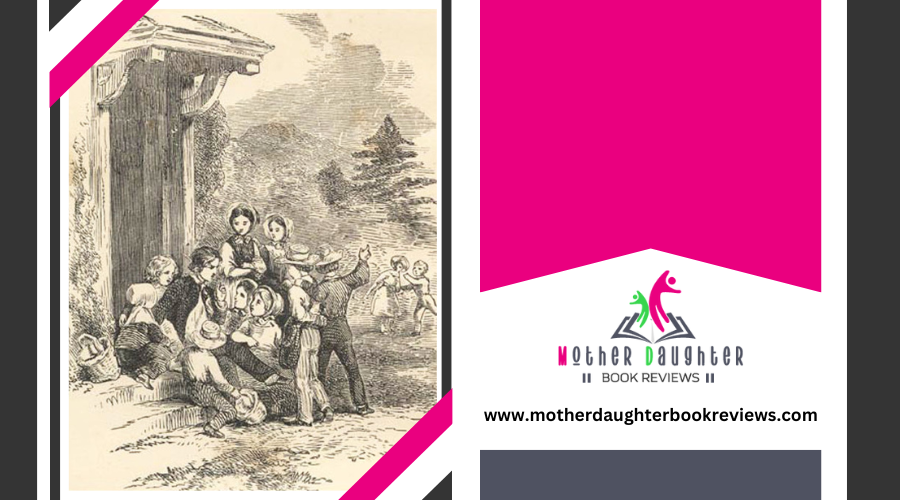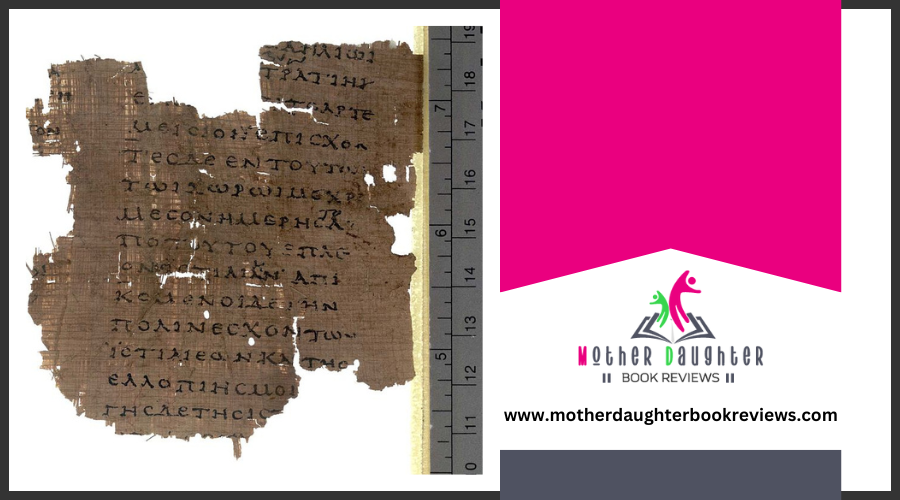Classic Stories That Teach Responsibility and Virtue
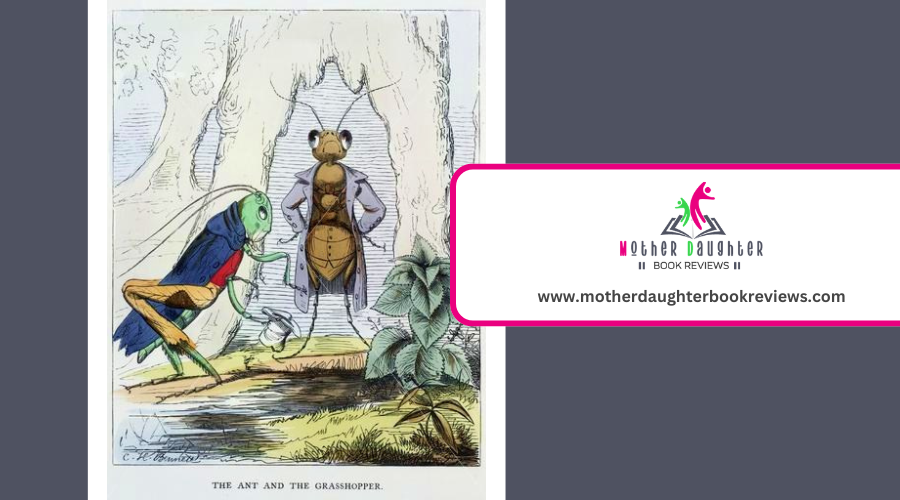
Classic stories like "The Ant and the Grasshopper," "Pinocchio," and "The Little Red Hen" teach you fundamental virtues and responsibilities. You'll find the diligent ant prepares for winter, while the carefree grasshopper faces the consequences of laziness. Pinocchio's expedition highlights honesty and hard work through his transformation into a real boy. The Little Red Hen demonstrates the value of self-reliance and earning rewards through effort.
The Boy Who Cried Wolf
Of all the classic tales that teach responsibility, "The Boy Who Cried Wolf" stands out for its clear and enduring message. In this story, you're introduced to a shepherd boy who repeatedly tricks villagers into thinking a wolf is attacking his flock. Initially, his deception brings amusement, as he revels in the chaos he creates. However, the story's core lies in the truthfulness lessons it imparts.
Each false alarm erodes the villagers' trust, showing you the gradual but inevitable consequences of deception. When a real wolf ultimately appears, the boy's cries for help go unanswered. The villagers, tired of his lies, ignore his pleas, leading to a disastrous outcome for the flock. This stark turn of events underscores the heavy cost of dishonesty.
The tale teaches you that truthfulness is crucial for maintaining trust. Once lost, it's incredibly hard to regain. More significantly, it shows that deceptive behavior not only harms others but also brings about dire consequences for the deceiver. "The Boy Who Cried Wolf" remains a powerful reminder of why honesty is always the best policy, especially in relation to responsibility.
Pinocchio
When looking at classic tales that emphasize virtue and responsibility, "Pinocchio" offers a rich narrative brimming with life lessons. This story revolves around a wooden puppet named Pinocchio, who dreams of becoming a real boy. His expedition is marked by a series of challenges and moral dilemmas that serve as catalysts for his moral growth.
From the moment Pinocchio comes to life, he faces temptations that lead him astray. Regardless of skipping school or falling into bad company, his poor choices initially highlight his lack of responsibility. However, each misstep provides an opportunity for learning and self-improvement. The puppet transformation symbolizes more than just a physical change; it represents Pinocchio's evolving sense of right and wrong.
Guided by his conscience, personified by Jiminy Cricket, Pinocchio learns the importance of honesty, hard work, and caring for others. His ultimate transformation into a real boy is a reward for his moral growth, illustrating that true change comes from within. By the end of the story, Pinocchio embodies the virtues of responsibility and integrity, making this tale a timeless lesson in personal development.
The Tortoise and the Hare
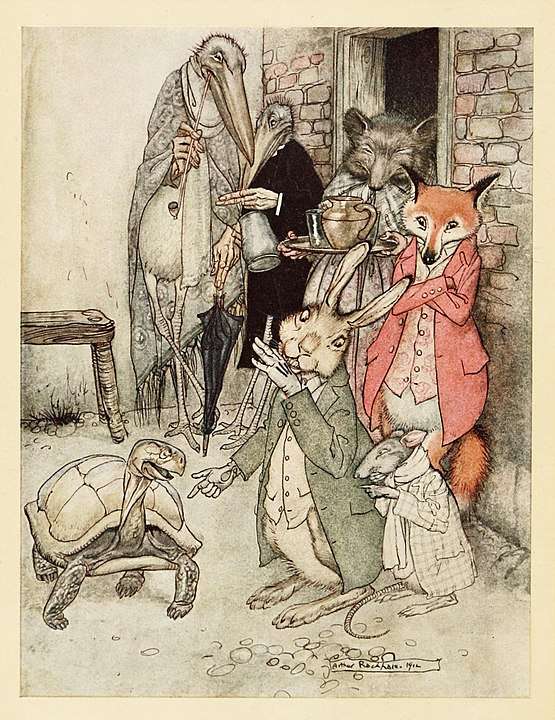
In delving into the classic fable "The Tortoise and the Hare," you uncover a narrative that underscores the virtues of perseverance and humility. The story begins with the hare boasting about his speed and mocking the tortoise for his slow pace. This hare arrogance sets the stage for a race that will teach a valuable lesson.
As the race starts, the hare sprints ahead and is confident that victory is assured. He decides to take a nap, underestimating the tortoise's determination. Meanwhile, the tortoise keeps a steady, unwavering pace. His persistence embodies the essence of determination, a key virtue that often leads to success.
When the hare awakens, he realizes too late that the tortoise is nearing the finish line. Despite his frantic sprint, the hare can't catch up. The tortoise wins the race, demonstrating that slow and steady truly can win the race. This outcome highlights the pitfalls of hare arrogance and the rewards of tortoise determination.
The Lion and the Mouse
Amid the vast expanse of the jungle, a tiny mouse stumbles upon a sleeping lion, inadvertently waking the mighty beast. You can imagine the lion's initial anger, ready to pounce on the small intruder. But instead of ending the mouse's life, the lion decides to let him go. This simple act of mercy sets the stage for an unexpected alliance.
Days later, the lion finds himself trapped in a hunter's net. His mighty roars echo through the jungle, but no animal dares approach—except the tiny mouse. Remembering the lion's earlier kindness, the mouse gnaws through the ropes, setting the lion free. This moment exemplifies the importance of friendship dynamics and mutual respect.
In the jungle, where might often makes right, the lion and the mouse show that even the smallest creatures can make a significant impact. Their story teaches you that acts of kindness, no matter how small, can forge powerful bonds and create unexpected alliances. The lion's strength and the mouse's agility combine to overcome adversity, illustrating that virtue and responsibility aren't confined to one's size or strength.
Robin Hood
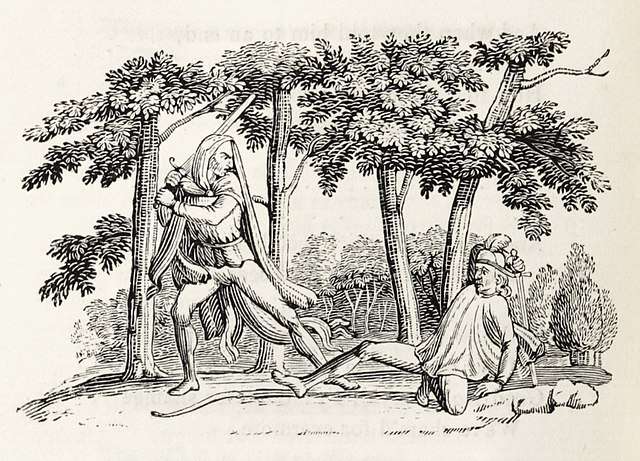
Robin Hood's legendary exploits in Sherwood Forest have captivated audiences for centuries, embodying the essence of responsibility and virtue. As you explore Robin Hood's legacy, you encounter a hero who isn't just a master archer but a figure of moral complexity. His tales present ethical dilemmas that challenge your understanding of right and wrong.
Consider these key aspects of Robin Hood's story:
- Redistribution of Wealth: Robin Hood famously takes from the rich to give to the poor, raising questions about justice and fairness.
- Loyalty to Friends: His unwavering loyalty to his band of Merry Men highlights the importance of camaraderie and trust.
- Defiance of Corruption: By standing against the corrupt Sheriff of Nottingham, Robin Hood demonstrates courage in the face of tyranny.
- Moral Ambiguity: His actions, while noble, involve breaking the law, prompting you to ponder the balance between legality and morality.
- Leadership and Responsibility: Robin Hood's ability to lead and protect his followers underscores the weight of responsibility in leadership roles.
Robin Hood's legacy isn't just about thrilling adventures; it's a rich source of ethical lessons. The story encourages you to reflect on your values and the complex nature of virtue and responsibility.
The Little Red Hen
Within the domain of timeless tales, "The Little Red Hen" stands out as a poignant story about the virtues of hard work and personal responsibility. You're introduced to the diligent Little Red Hen, who finds some grains of wheat and decides to plant them. She asks for help from her barnyard friends, but they all decline, preferring leisure over labor.
As the story unfolds, the Little Red Hen repeatedly seeks assistance at different stages of the wheat's growth—planting, harvesting, milling, and baking. Each time, her friends refuse to help. Through her self-reliance and determination, she completes all the tasks alone. Her hard work pays off when she ultimately bakes a delicious loaf of bread.
When the aroma of fresh bread fills the air, the same friends who wouldn't lift a finger are enthusiastic to share the rewards. However, the Little Red Hen decides that only those who contribute should reap the benefits. This moment emphasizes the importance of teamwork and highlights the value of personal effort. The tale teaches that those who invest hard work are the ones who truly deserve the rewards.
The Ant and the Grasshopper
Much like "The Little Red Hen," the fable of "The Ant and the Grasshopper" investigates the themes of hard work and responsibility, but through a different lens. In this story, you see the diligent ant working tirelessly to gather food for the winter, while the carefree grasshopper enjoys the warm summer days without any thought of the future. When winter arrives, the ant is well-prepared, while the grasshopper faces the harsh consequences of laziness.
This fable offers several valuable lessons:
- Hard work: The ant's effort guarantees its survival during tough times.
- Seasonal preparation: Planning ahead is vital for overcoming future challenges.
- Delayed gratification: Sacrificing short-term pleasures yields long-term benefits.
- Consequences of laziness: The grasshopper's lack of foresight leads to its downfall.
- Nature's lessons: Observing nature provides insights into the importance of responsibility.
King Midas
The tale of King Midas is a classic story that underscores the perils of greed and the true value of wisdom. You probably know the story: King Midas, obsessed with wealth, is granted a wish by the god Dionysus. He asks for the ability to turn everything he touches into gold, the famous "golden touch." At the outset, Midas revels in his newfound power, turning objects around him into gold and relishing his fortune.
However, things quickly take a turn for the worse. When he tries to eat, his food turns to gold. Even worse, when his beloved daughter runs to hug him, she too becomes a lifeless golden statue. Suddenly, the golden touch isn't a blessing but a curse. Midas realizes the grave moral consequences of his greed and prays for the curse to be lifted. Dionysus hears his plea and tells him to wash in the river Pactolus, restoring everything to its natural state.
Through King Midas's story, you learn that unchecked greed can lead to devastating outcomes. True wisdom lies in recognizing the value of what you already have, rather than constantly yearning for more.
Conclusion
Classic stories like The Ant and the Grasshopper, Pinocchio, The Boy Who Cried Wolf, and The Little Red Hen impart valuable lessons about responsibility, honesty, hard work, and integrity. These timeless tales provide young readers with engaging narratives that teach the importance of making wise choices and the consequences of failing to do so. Whether it's through the industrious efforts of the ant or the moral growth of Pinocchio, these stories remind us that virtues such as perseverance, honesty, and responsibility are essential for personal and social success.

